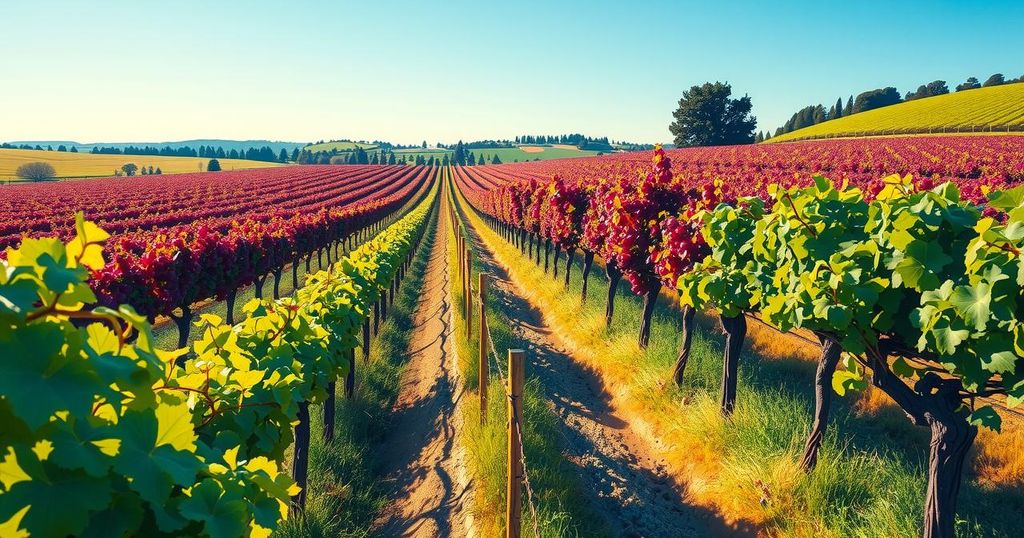Argentina’s wine industry is evolving beyond Malbec, with Cabernet Franc, Chardonnay, and Semillon gaining attention. Key figures in the industry, including Rachael Pogmore and Magdalena Pesce, emphasize the uniqueness and potential of these varietals, indicating a promising future for Argentinian wines.
In Argentina, although Malbec dominates the wine scene, there is significant innovation in the industry as winemakers explore various grape varieties. Rachael Pogmore from Enotria & Coe notes that Cabernet Franc is emerging as a strong contender, expected to gain prominence alongside Malbec. This variety is particularly thriving in high-altitude regions like the Uco Valley, as highlighted by Magdalena Pesce, CEO of Wines of Argentina, emphasizing its aromatic complexity and potential for aging.
Domaine Bousquet recently introduced its Finca Lalande Cabernet Franc, which Anne Bousquet, CEO and co-owner, describes as a unique expression influenced by the high-altitude vineyards. In the realm of white wines, Argentinian Chardonnay is experiencing a renaissance, according to Pesce, who states that producers are crafting innovative styles ranging from elegant versions in Patagonia to complex offerings in Mendoza.
Moreover, Pesce argues that Semillon is also making a comeback, especially in traditional wine regions like Luján de Cuyo and Maipú. Ana Lovaglio Balbo, the marketing director at Susana Balbo Wines, believes that white wines will be crucial for the future of Argentine viticulture, reflecting a firm commitment to exploring this category.
Pogmore acknowledges that winemakers, including Susana Balbo, known for her white wines, are successfully capitalizing on this potential. There is a growing trend among many wineries to promote their Chardonnays, Sauvignon Blancs, and even Pinot Grigio, with the latter being notably fruit-forward and appealing to consumers.
According to Adrian Brice, a fine wine buyer at Berry Bros. & Rudd, showcasing the diversity of Argentinian wine is essential for future success. He emphasizes the importance of offering a variety of wines, allowing consumers to broaden their choices and enjoy Argentinian wines in various contexts and with different cuisines.
In conclusion, while Malbec remains a flagship of Argentinian wine, numerous other grape varieties are emerging as promising contenders. The increasing popularity of Cabernet Franc, revitalized Chardonnay, and the resurgence of Semillon highlight a dynamic wine industry that embraces diversity. Winemakers are actively exploring these potentials, which is crucial for elevating Argentina’s wine reputation and catering to a wider consumer base, ensuring its future success.
Original Source: www.thedrinksbusiness.com






